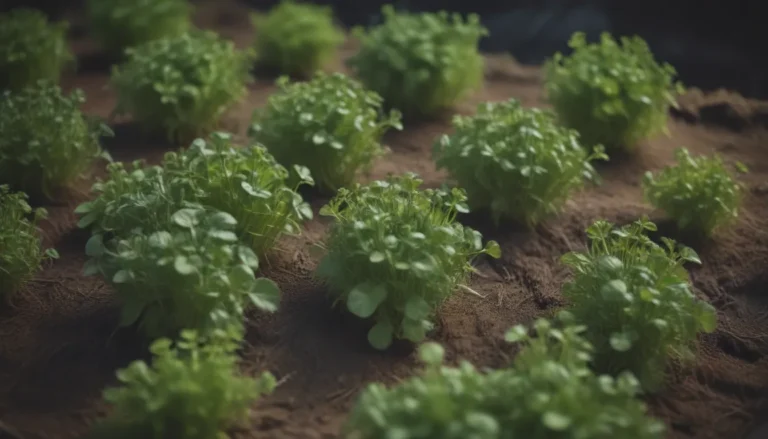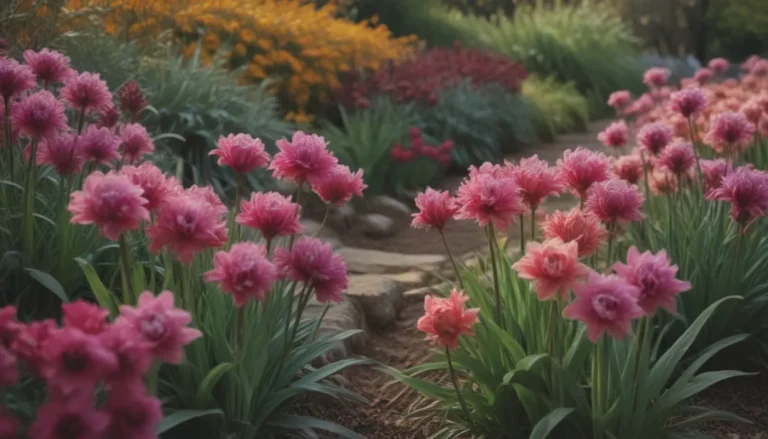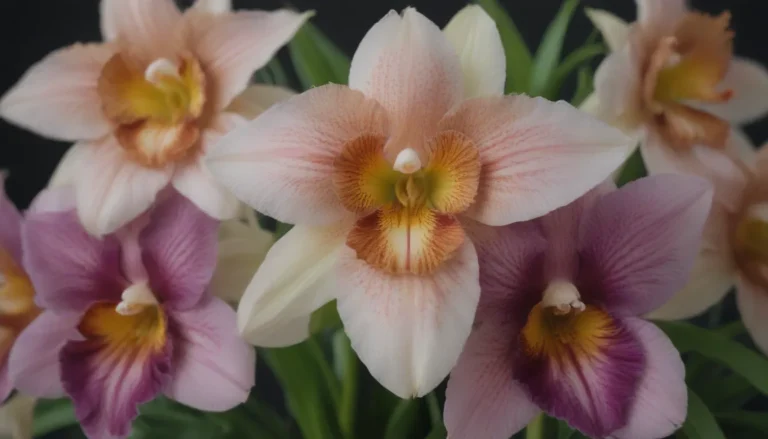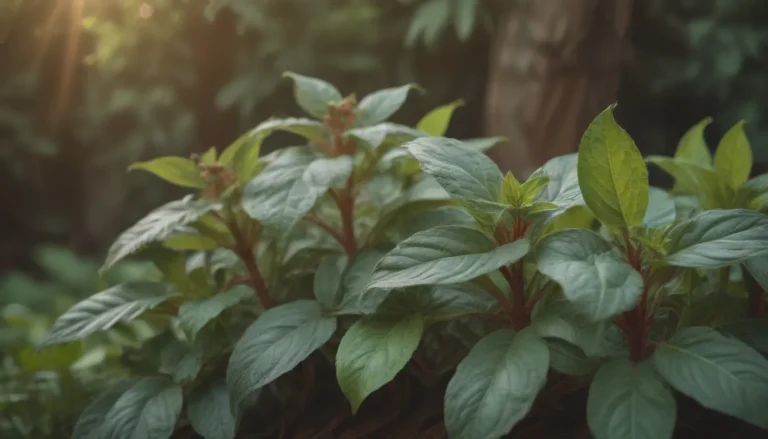Growing and Caring for Melampodium: Everything You Need to Know
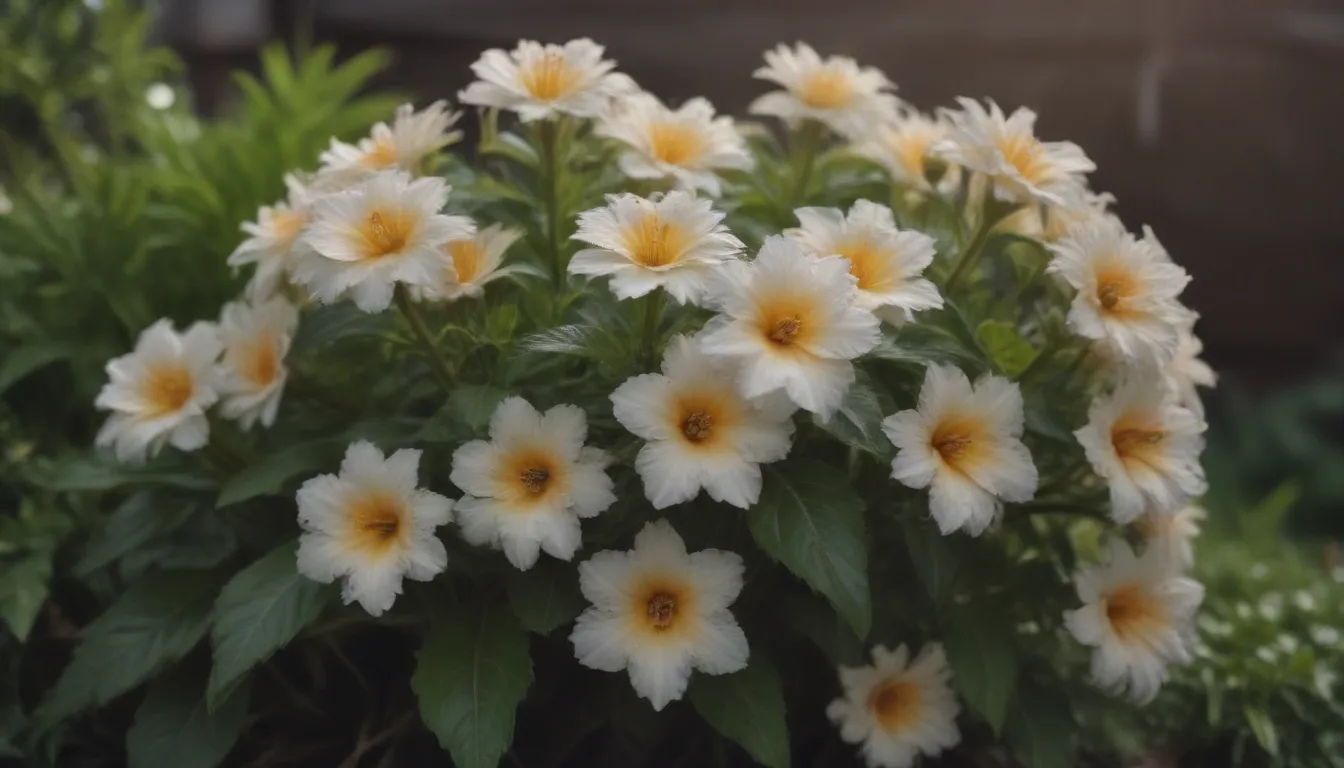
Are you looking to add some bright and cheerful blooms to your garden? Look no further than Melampodium! This easy-to-grow annual plant is a great addition to any garden, with its sunflower-like flowers that bloom from May until frost. In this comprehensive guide, we will explore everything you need to know about growing and caring for Melampodium.
Introduction to Melampodium
The Melampodium genus, native to Central America, South America, and southern North America, includes several annual species known collectively as Melampodium. The two most common species are M. divaricatum, known as butter daisy, and M. leucanthum, known as black-foot daisy. These plants are known for their constant display of vibrant blooms and are easy to grow, making them a popular choice for many gardeners.
Why Choose Melampodium?
- Easy to grow and low-maintenance
- Long-lasting blooms from May until frost
- Drought-resistant and heat-tolerant
- Attracts butterflies, bees, and other pollinating insects
Melampodium Care Tips
Melampodium is a relatively low-maintenance plant, making it suitable for novice and experienced gardeners alike. Here are some essential care tips to help your Melampodium thrive:
Light
Melampodium thrives in full sunlight, so be sure to plant it in a location that receives at least six hours of sunlight daily. This will encourage optimal flower growth and prevent the plant from becoming leggy in shady conditions.
Soil
Melampodium is native to areas with rocky soil, making it well-suited for poor soils. However, it can also grow well in well-drained soil. Avoid overwatering, as Melampodium prefers soil on the drier side.
Water
While Melampodium is drought-resistant, it grows best with regular watering. Aim to water the plants 1/2 to 1 inch per week, allowing the soil to dry out slightly between waterings.
Temperature and Humidity
Melampodium thrives in warm weather and is heat-tolerant. However, it is susceptible to powdery mildew in humid conditions. Ensure proper sunlight and adequate air circulation to prevent this fungal disease.
Fertilizer
To keep your Melampodium blooming all season long, consider adding a slow-release fertilizer or a general-purpose liquid fertilizer to the soil. In rich garden soil, these plants may not require additional feeding.
Types of Melampodium
There are two common annual species of the Melampodium genus cultivated as garden plants: M. Divaricatum (butter daisy) and M. Leucanthum (black-foot daisy). These plants offer a variety of colors and features to choose from.
M. Divaricatum and Cultivars
M. Divaricatum is a 12- to 24-inch plant with golden orange petals and darker orange centers. Popular cultivars include ‘Derby’, ‘Jackpot Gold’, ‘Lemon Delight’, ‘Medallion’, ‘Million Gold’, and ‘Showstar’.
M. Leucanthum
M. Leucanthum, known as black-foot daisy, is a bushy plant with small white daisy-like flowers and narrow, grayish-green leaves. This plant is native to North America’s Sonoran Desert and is a favorite among native plant enthusiasts.
Pruning and Propagating Melampodium
Melampodium is a self-cleaning plant that requires minimal pruning. You can clip off spent flowers if desired or leave them in place to benefit birds that enjoy eating the seeds. Propagating Melampodium is best done through seeds, as the plant is easy to grow from seedlings.
How to Grow Melampodium From Seed
To grow Melampodium from seed, collect the seeds from dried flower heads and plant them directly into the garden after the last frost date. Alternatively, start seeds indoors for earlier blooms. Melampodium readily self-seeds, providing a continuous display of flowers year after year.
Potting and Repotting Melampodium
Melampodium thrives in containers due to its preference for dry conditions. Plant them in a well-drained potting mix and water once a week to avoid overwatering. Repotting is not necessary, as Melampodium is an annual plant that will be discarded at the end of the season.
Common Pests and Plant Diseases
Melampodium is generally resistant to pests but may be susceptible to powdery mildew in hot, humid climates. Provide adequate air circulation to prevent this fungal disease from affecting your plants.
Conclusion
In conclusion, Melampodium is a beautiful and easy-to-grow annual plant that can add vibrancy to any garden. By following these care tips and guidelines, you can enjoy a season-long display of sunflower-like blooms in your garden. Whether you’re a novice gardener or a seasoned pro, Melampodium is a great choice for a colorful and low-maintenance addition to your outdoor space. Give it a try and watch your garden come to life with the beauty of Melampodium!
